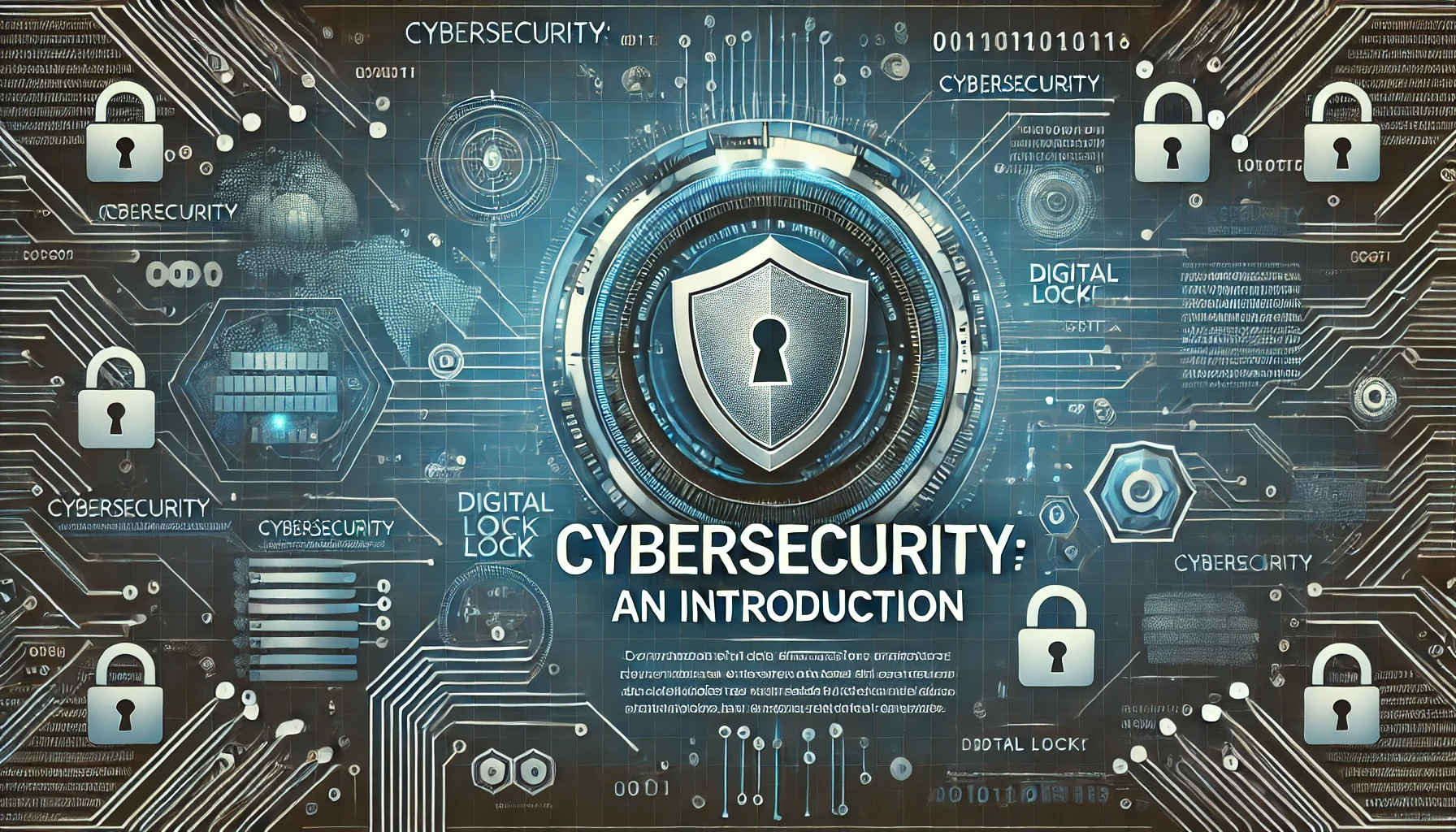CyberSecurity: An Introduction
 Muhammed Hisham A
Muhammed Hisham A
In today's interconnected world, cybersecurity has become more critical than ever. It refers to the practice of protecting systems, networks, and data from digital attacks. These attacks are usually aimed at accessing, changing, or destroying sensitive information; extorting money from users; or disrupting normal business processes.
Why is Cybersecurity Important?
Protection of Data: In the digital age, data is a valuable asset. Cybersecurity measures ensure that personal and organizational data remains confidential, integral, and available only to authorized users.
Prevention of Cyber Attacks: Cyber attacks are constantly evolving and becoming more sophisticated. Effective cybersecurity measures help prevent unauthorized exploitation of vulnerabilities that attackers might use to compromise systems.
Maintaining Trust: Businesses and individuals rely on digital platforms for communication, transactions, and operations. By implementing robust cybersecurity practices, organizations can maintain trust with their clients and users.
Common Cyber Threats
Malware: Malicious software designed to harm a computer system, steal data, or cause disruption. Examples include viruses, ransomware, and spyware.
Phishing: Social engineering technique where attackers trick users into revealing sensitive information such as passwords or credit card numbers.
Denial-of-Service (DoS) Attacks: Overwhelming a system with traffic to disrupt its normal functioning and make it unavailable to users.
Man-in-the-Middle (MitM) Attacks: Intercepting communication between two parties to steal data or impersonate one of the parties.
Essential Cybersecurity Practices
Strong Passwords and Authentication: Use complex passwords and enable multi-factor authentication (MFA) wherever possible to add an extra layer of security.
Regular Software Updates: Keep all software, including operating systems and applications, up to date to protect against vulnerabilities.
Data Encryption: Encrypt sensitive data to prevent unauthorized access even if it is intercepted.
Backup and Recovery: Regularly back up important data and ensure the backups are secure and easily accessible for recovery in case of data loss due to cyber incidents.
Employee Training: Educate employees about cybersecurity best practices, including recognizing phishing attempts and the importance of secure password management.
Future Trends in Cybersecurity
Artificial Intelligence (AI) and Machine Learning: Used to detect and respond to threats in real-time by analyzing patterns and anomalies.
Internet of Things (IoT) Security: With more devices being connected, ensuring the security of IoT devices and networks becomes crucial.
Cloud Security: As more data moves to cloud platforms, securing cloud environments against cyber threats is essential.
Subscribe to my newsletter
Read articles from Muhammed Hisham A directly inside your inbox. Subscribe to the newsletter, and don't miss out.
Written by
